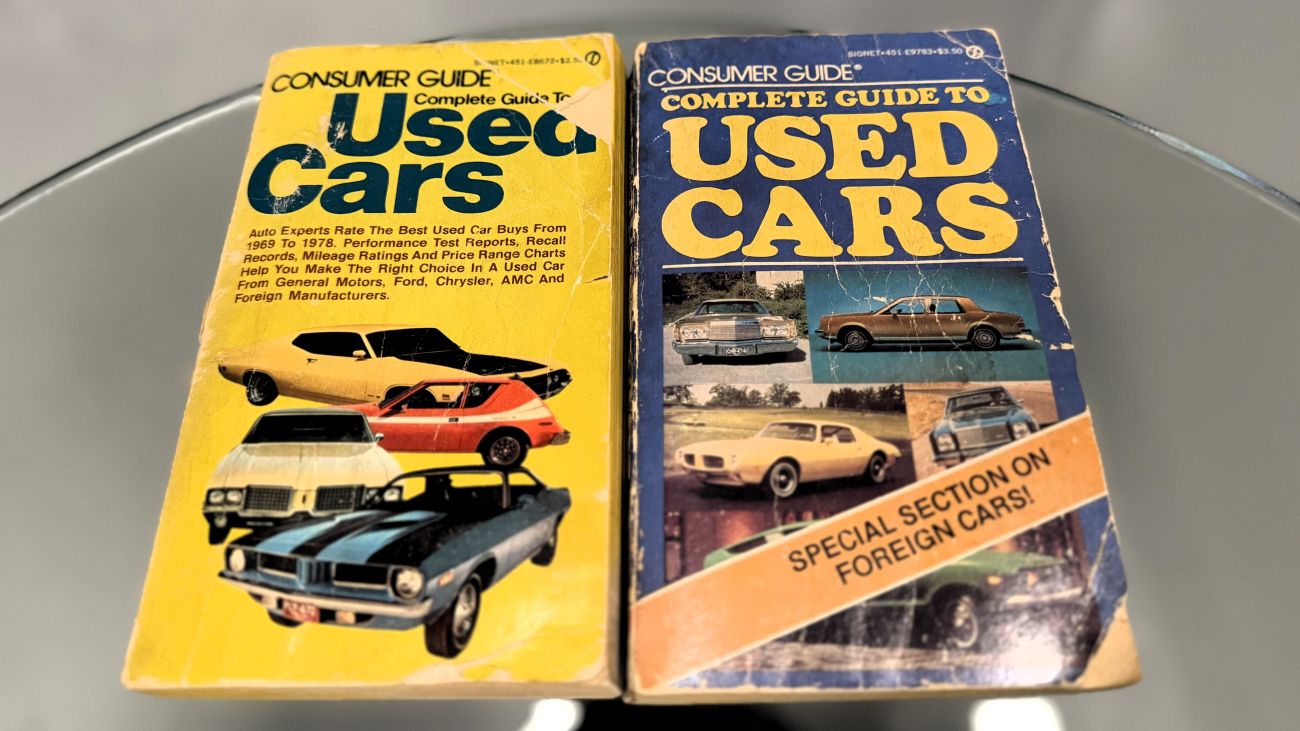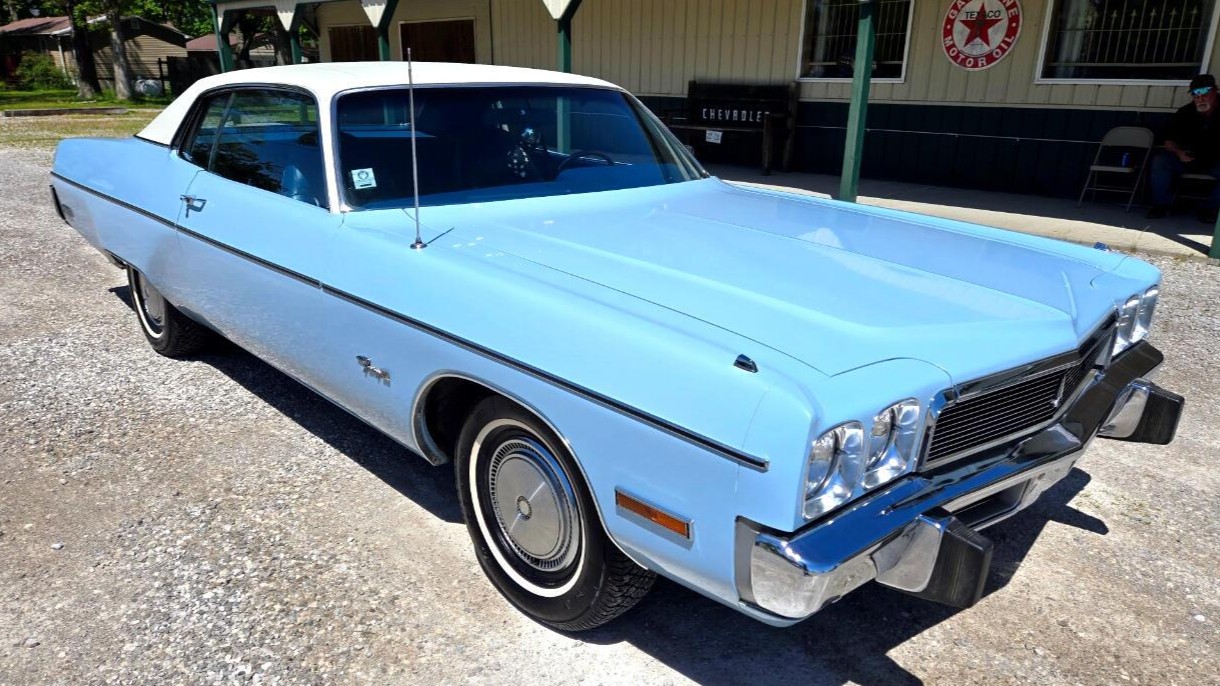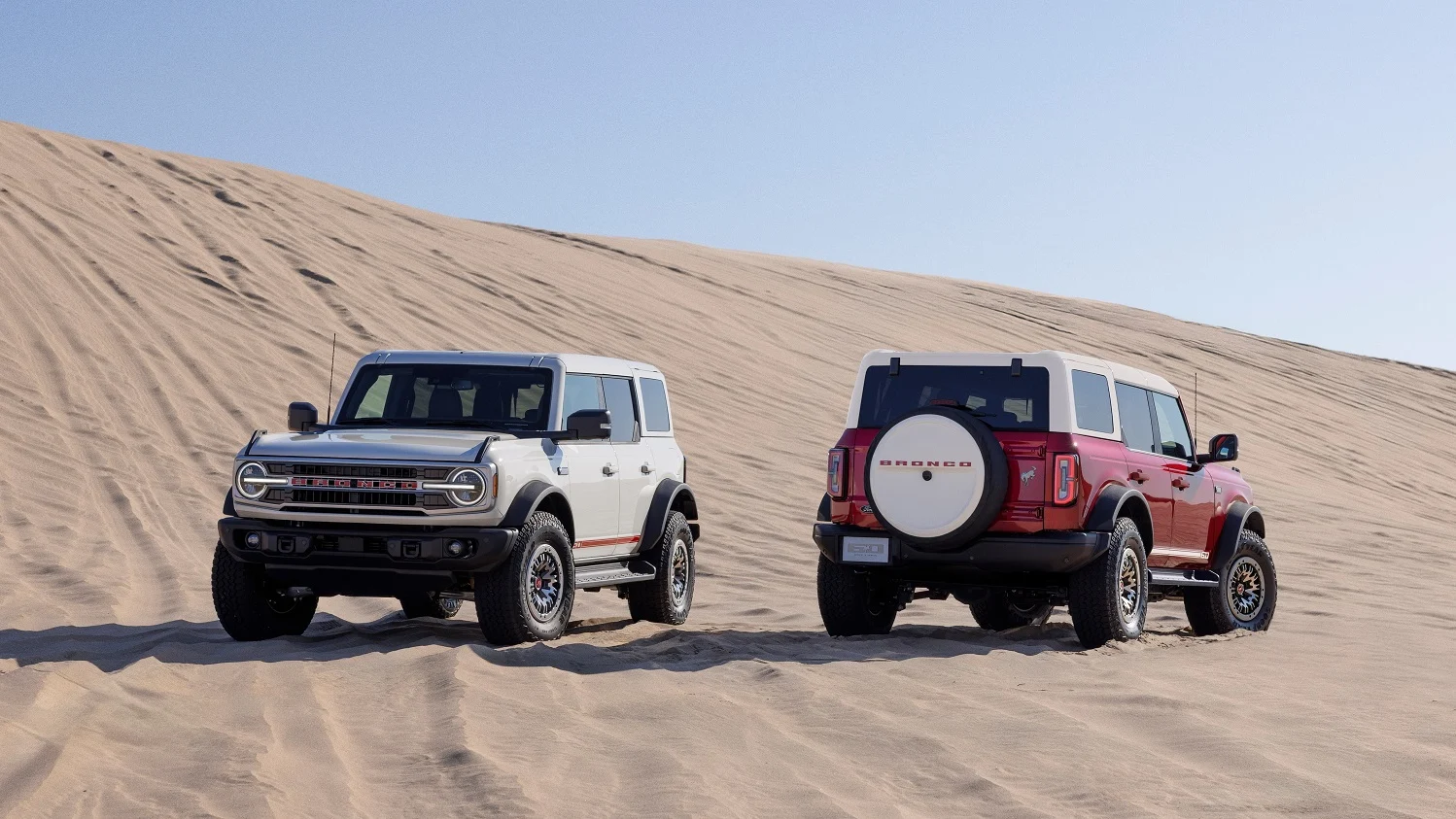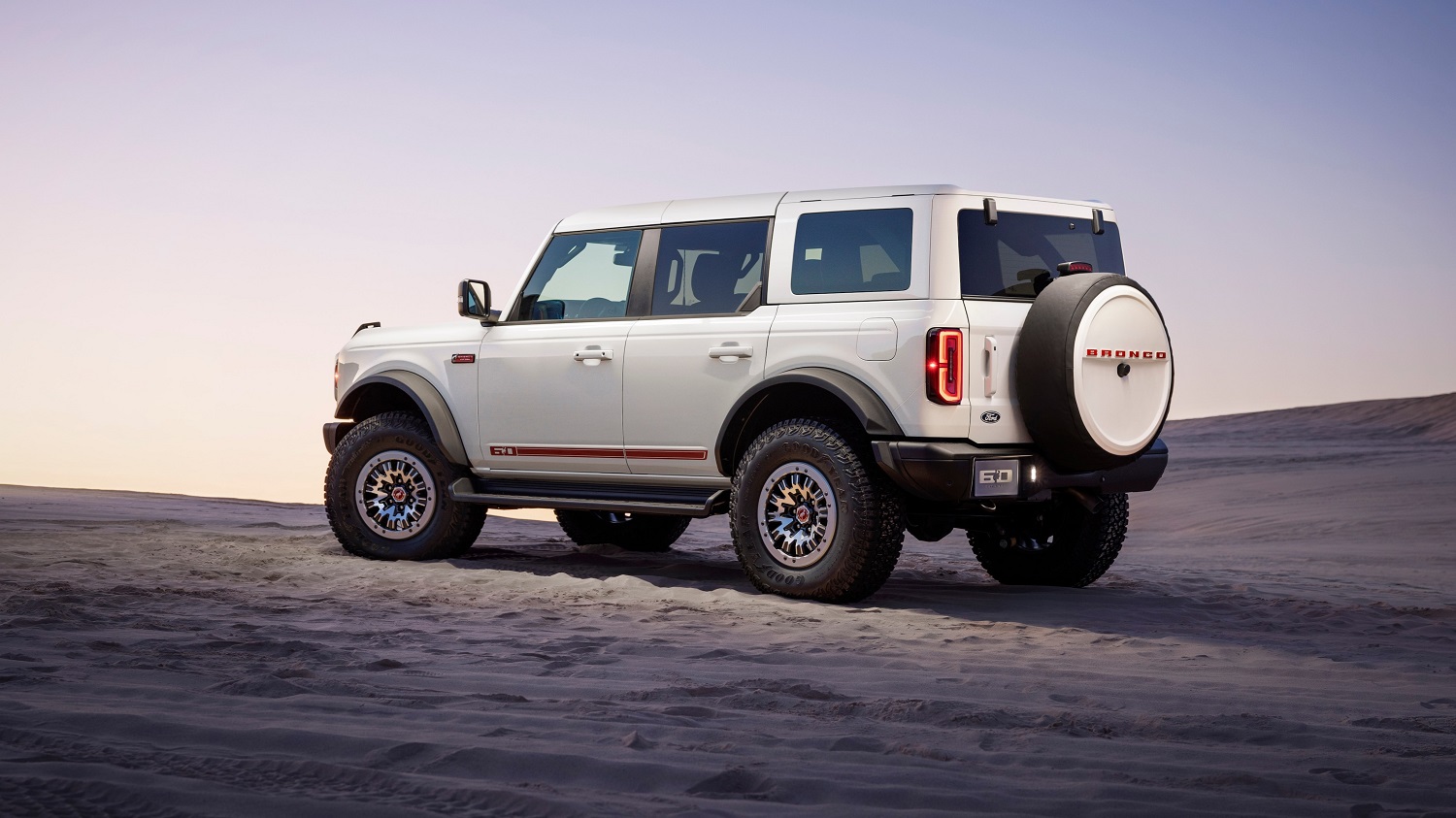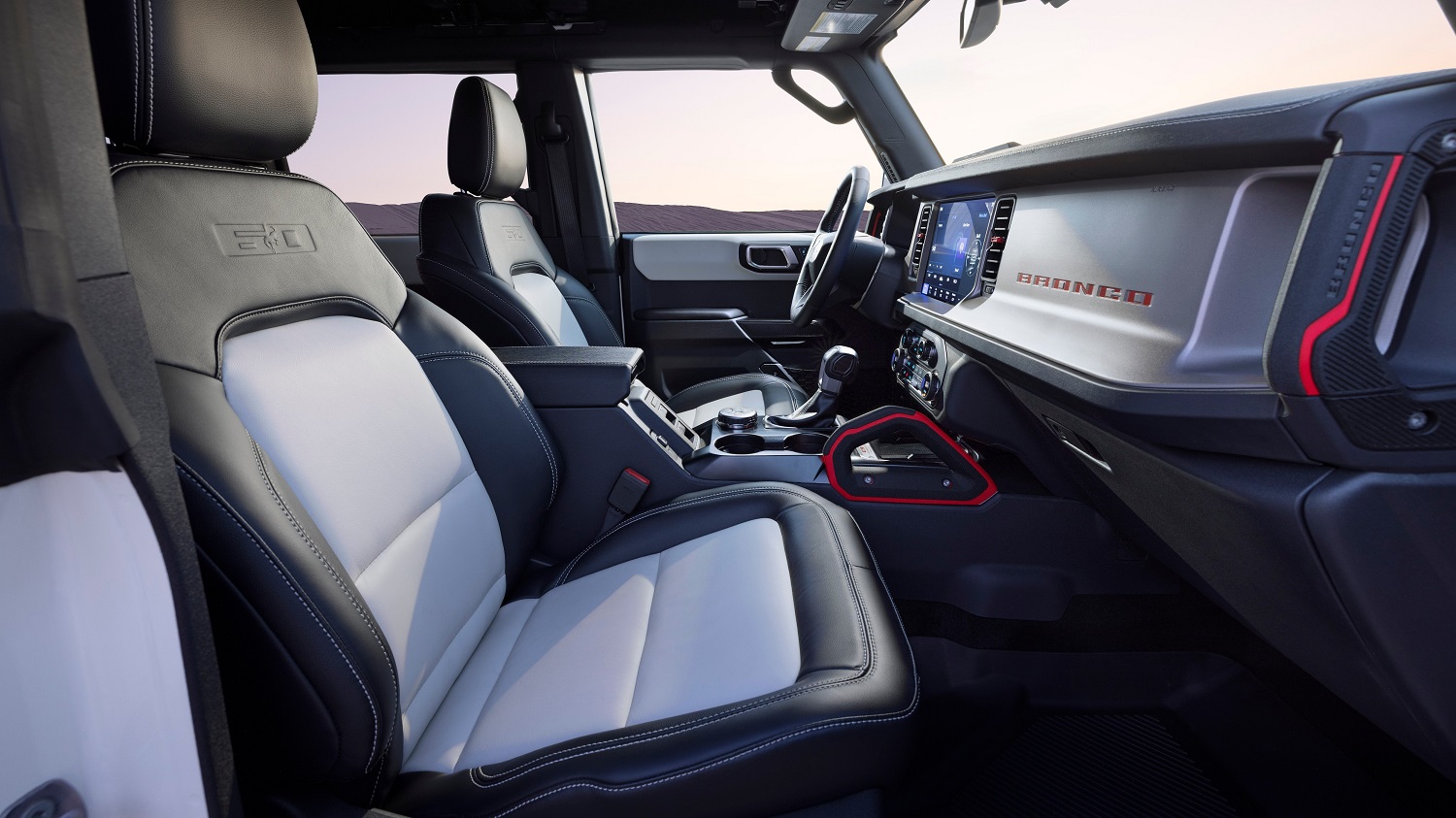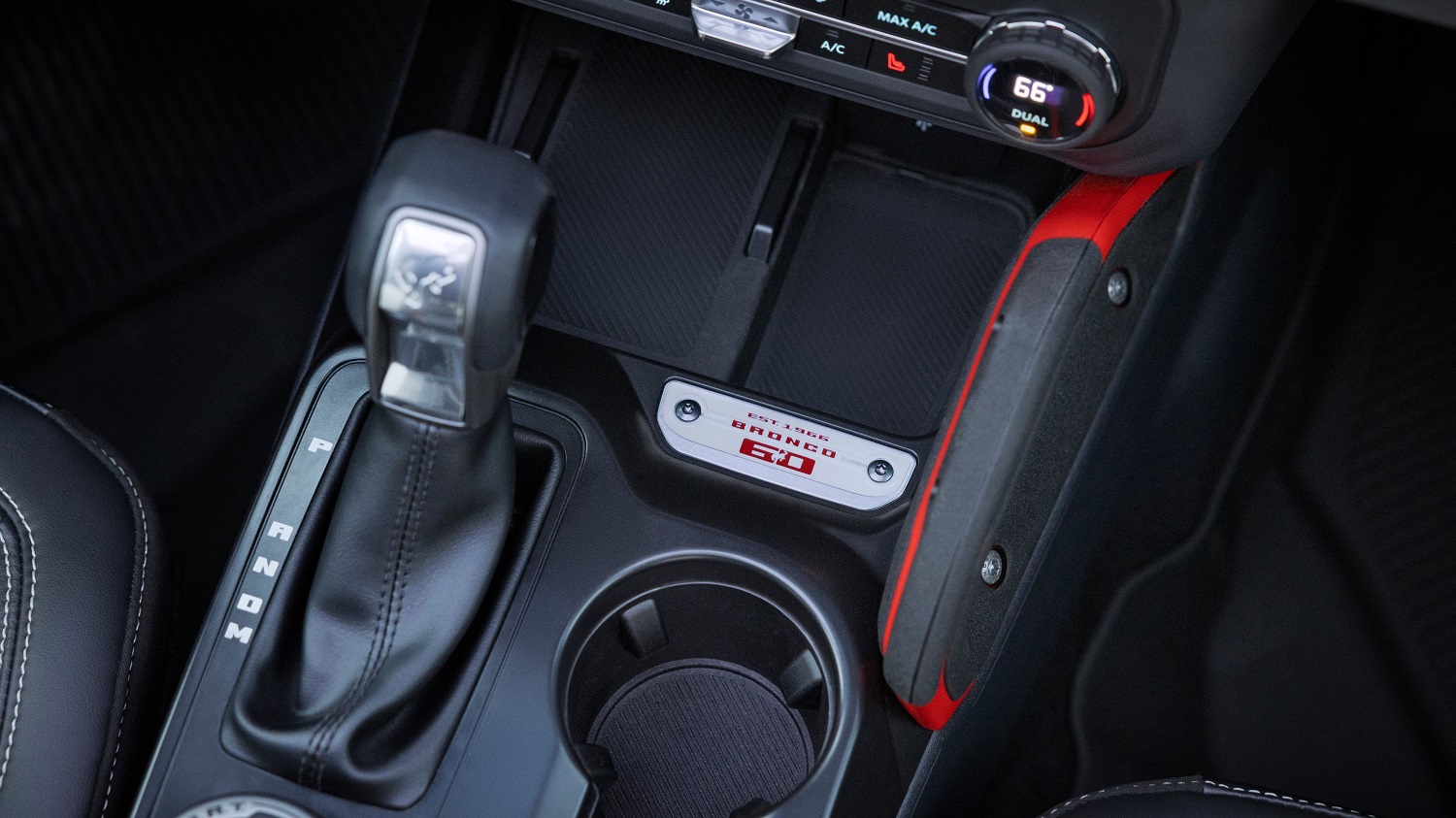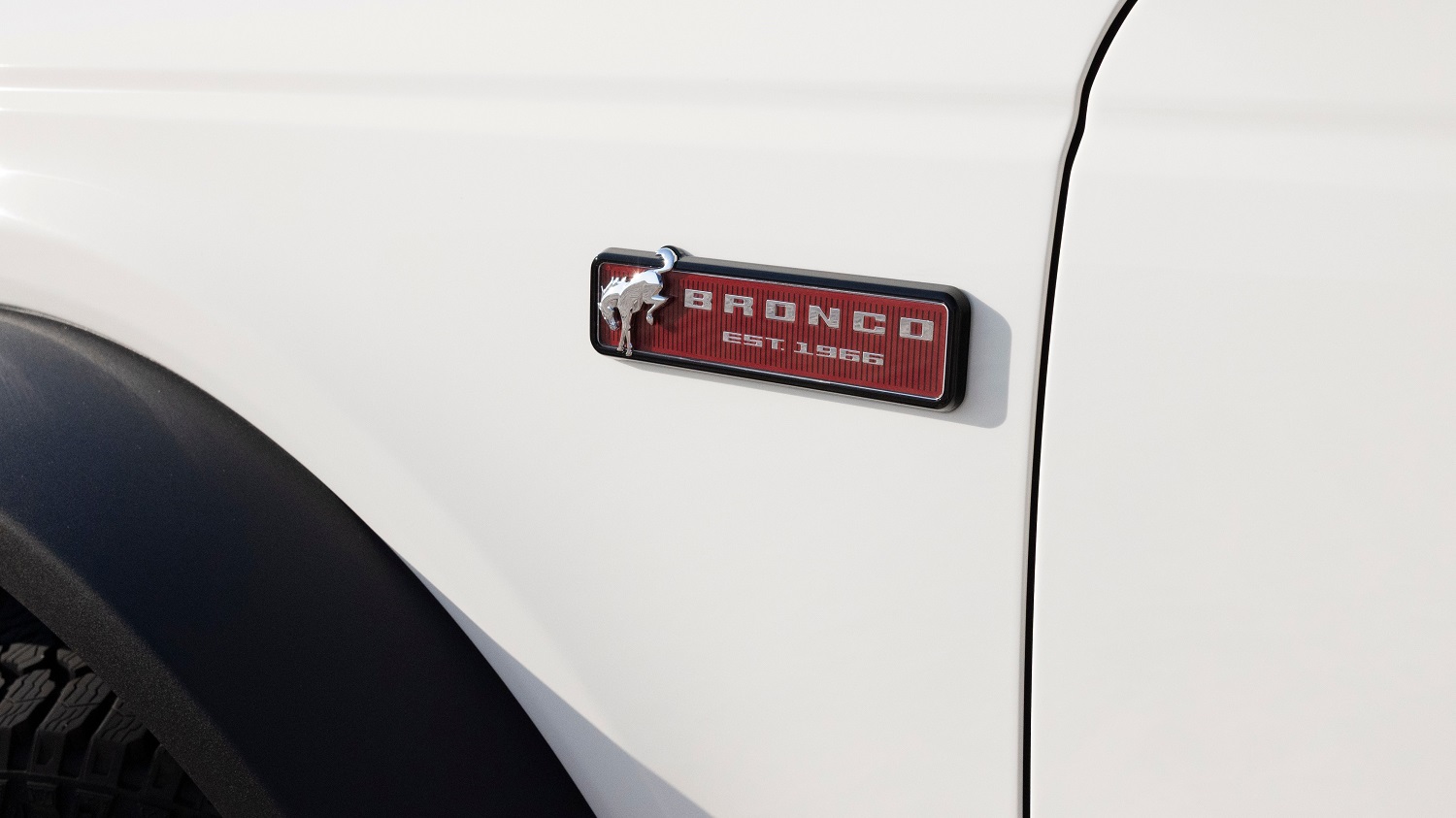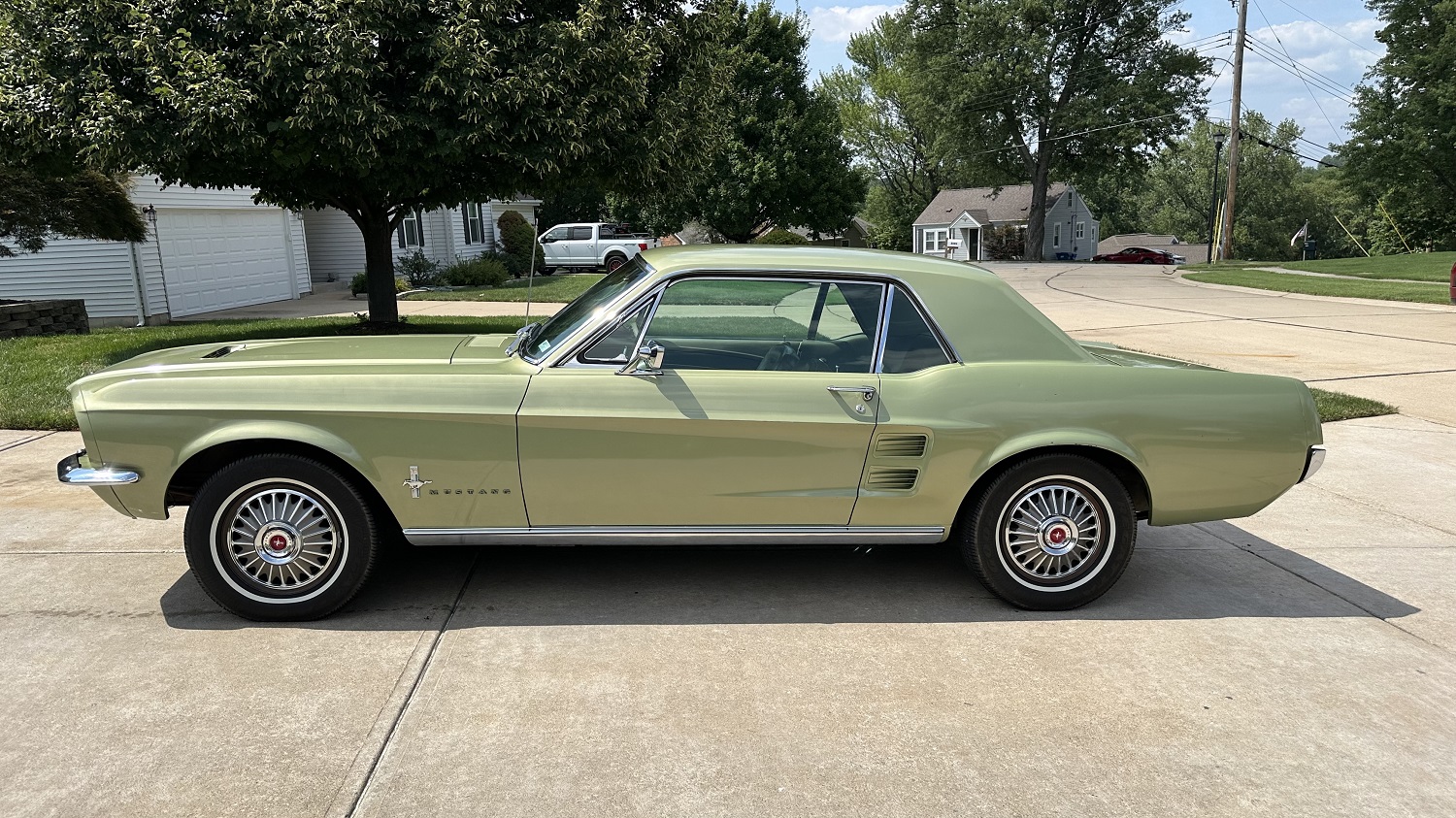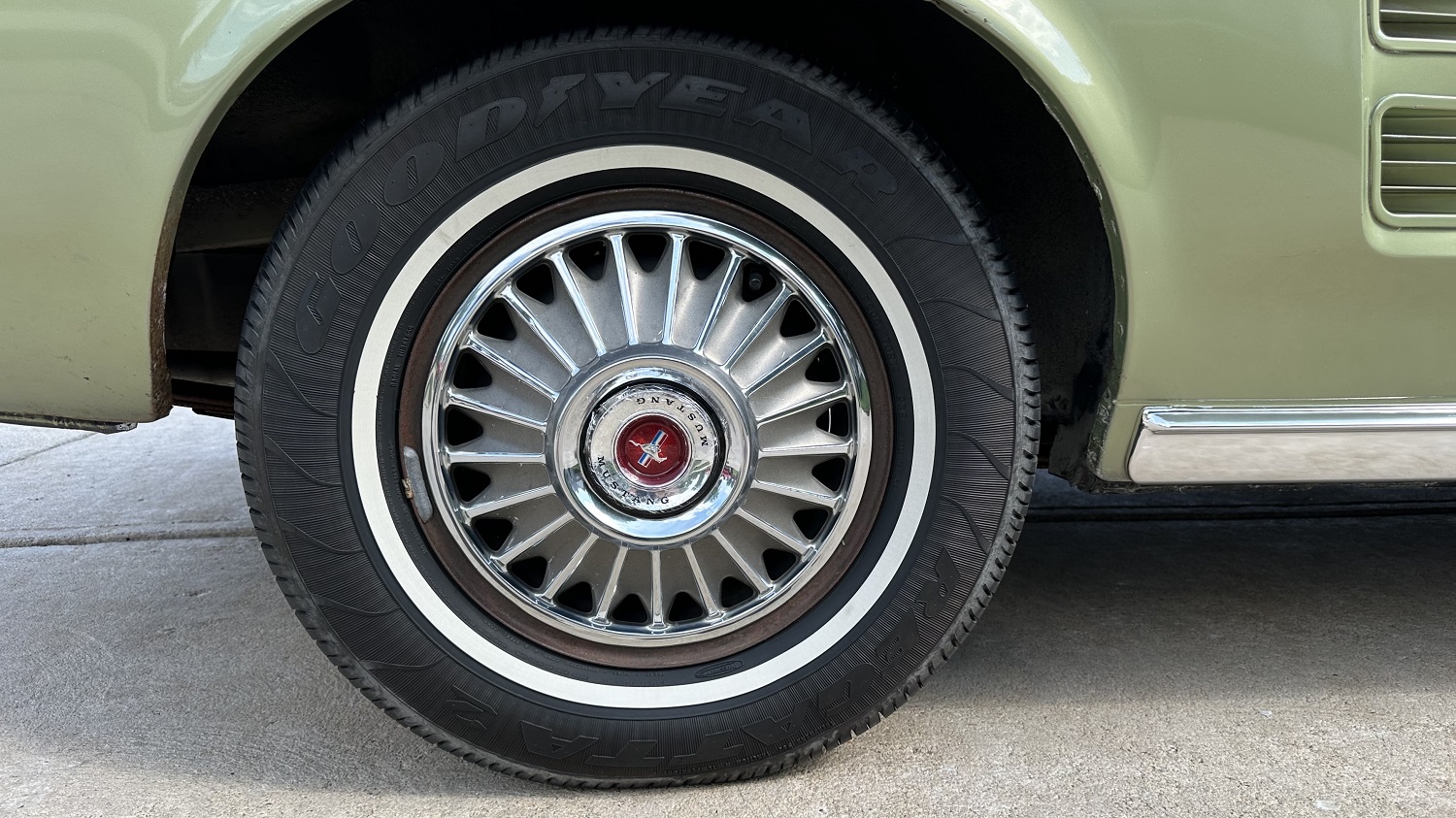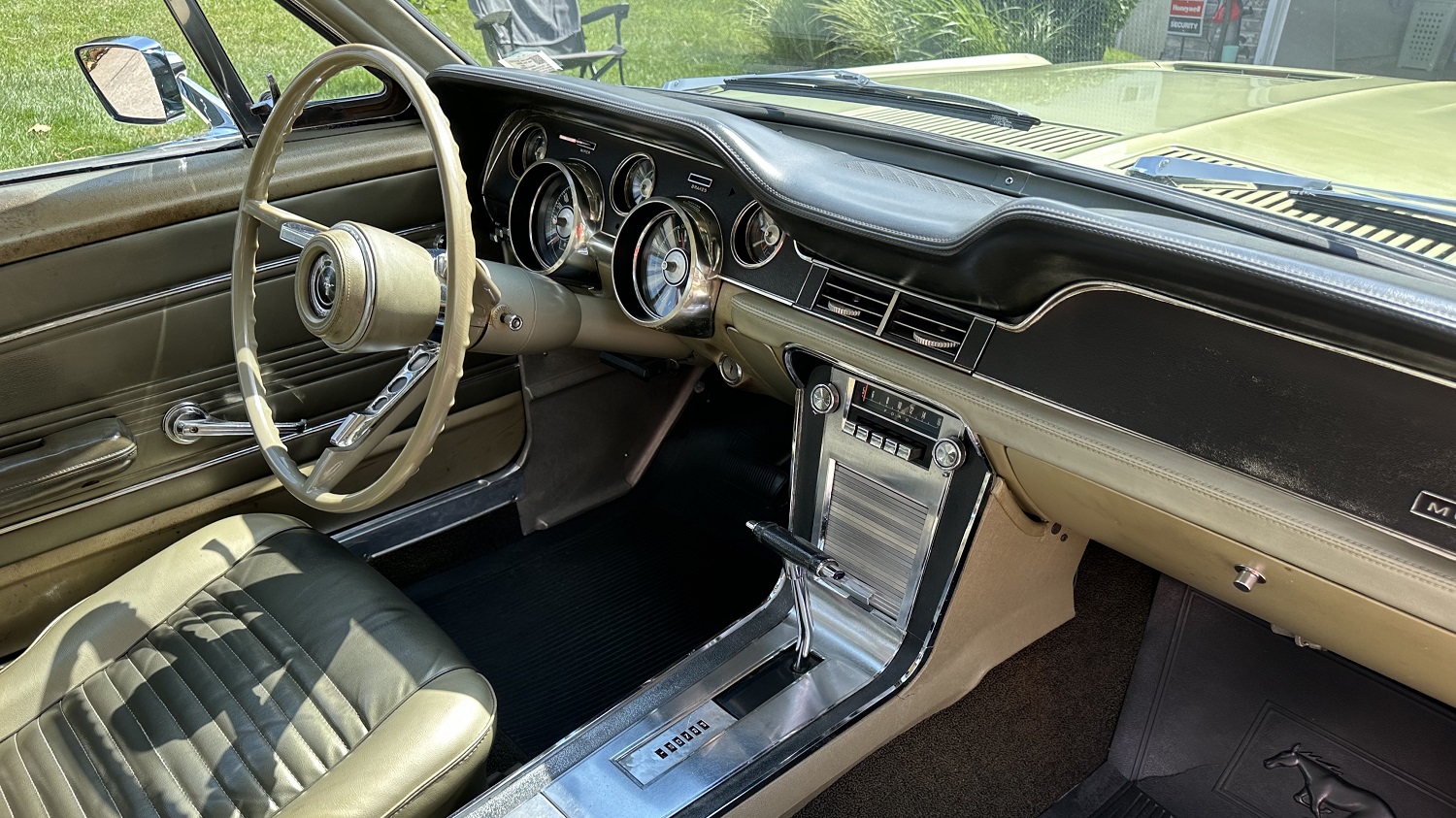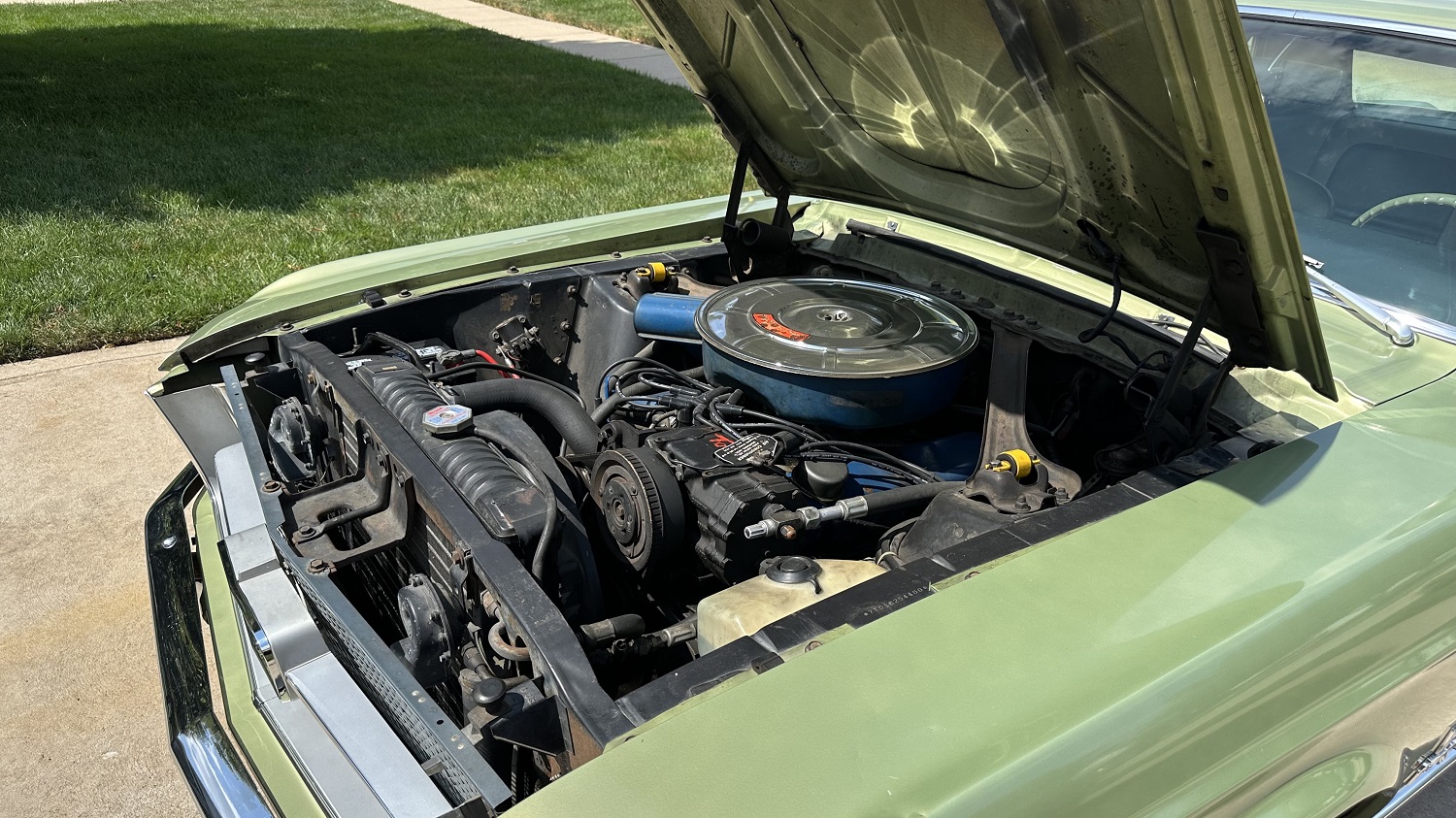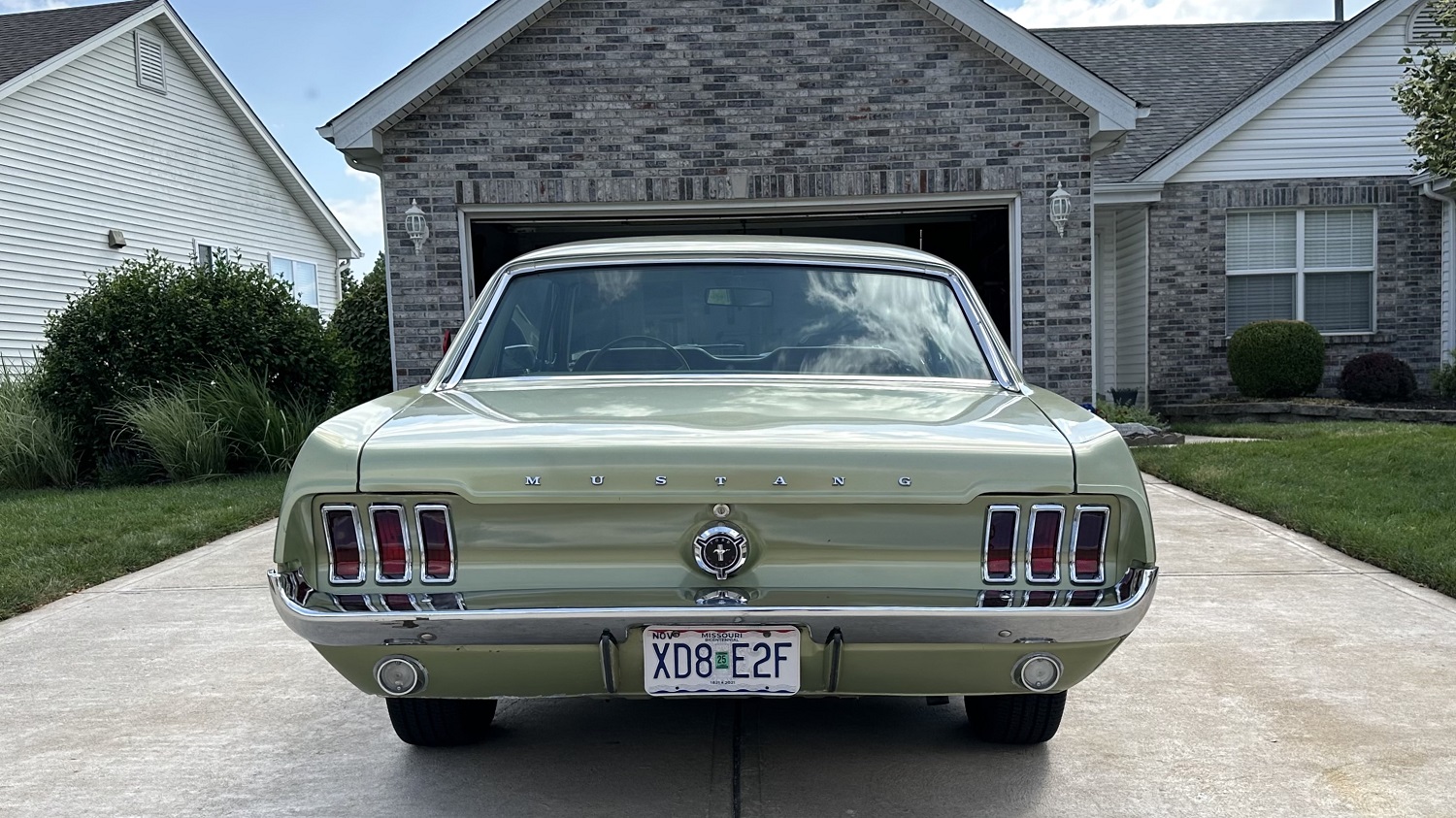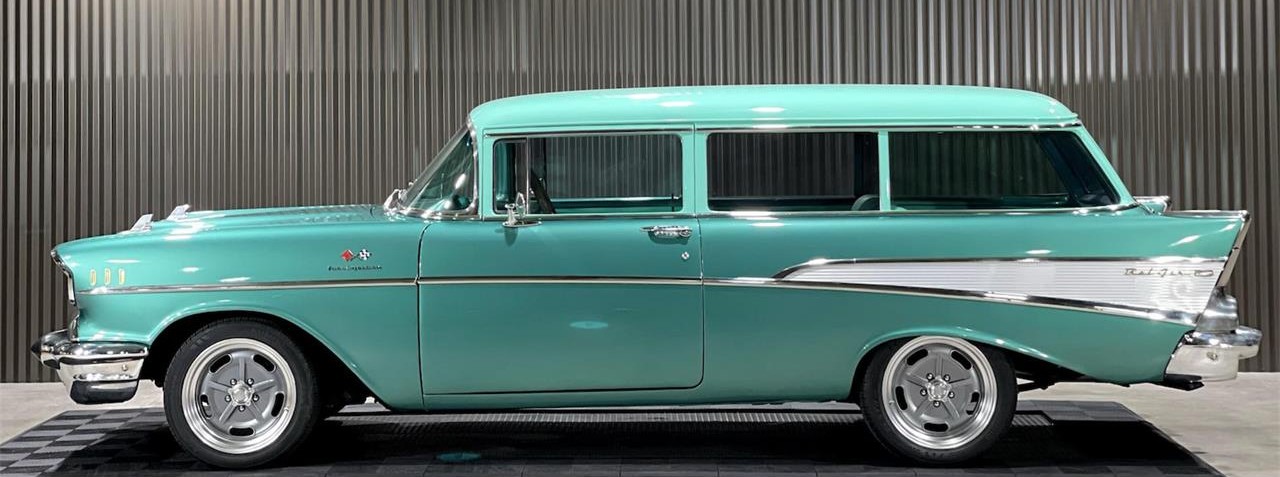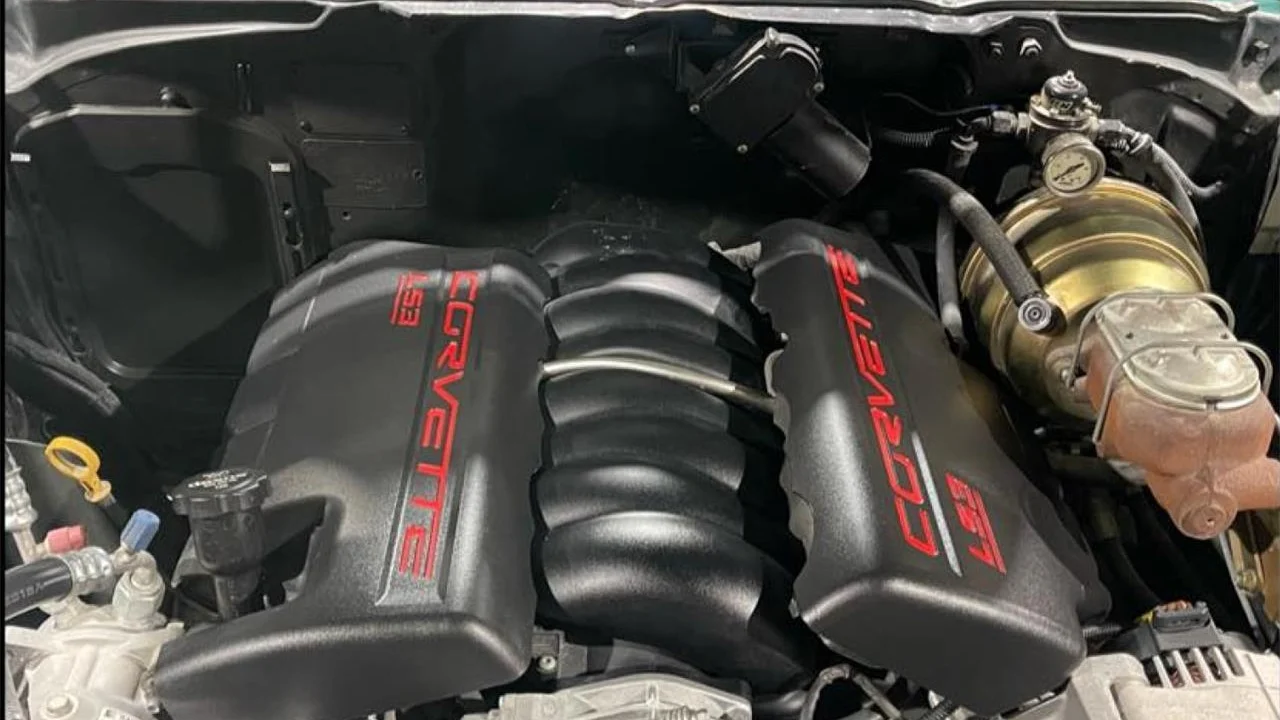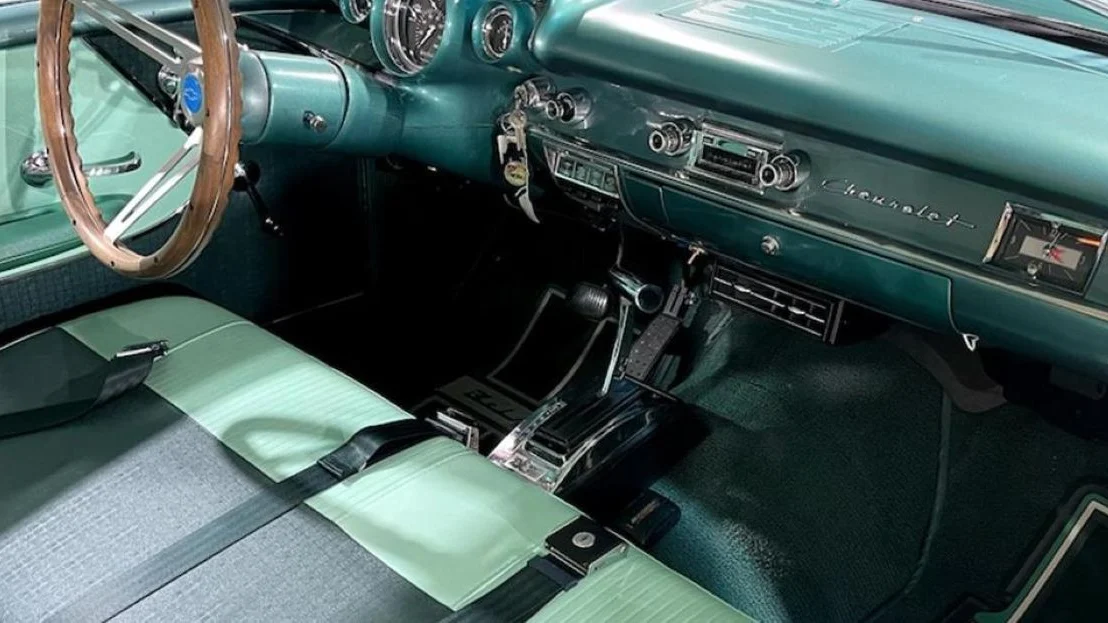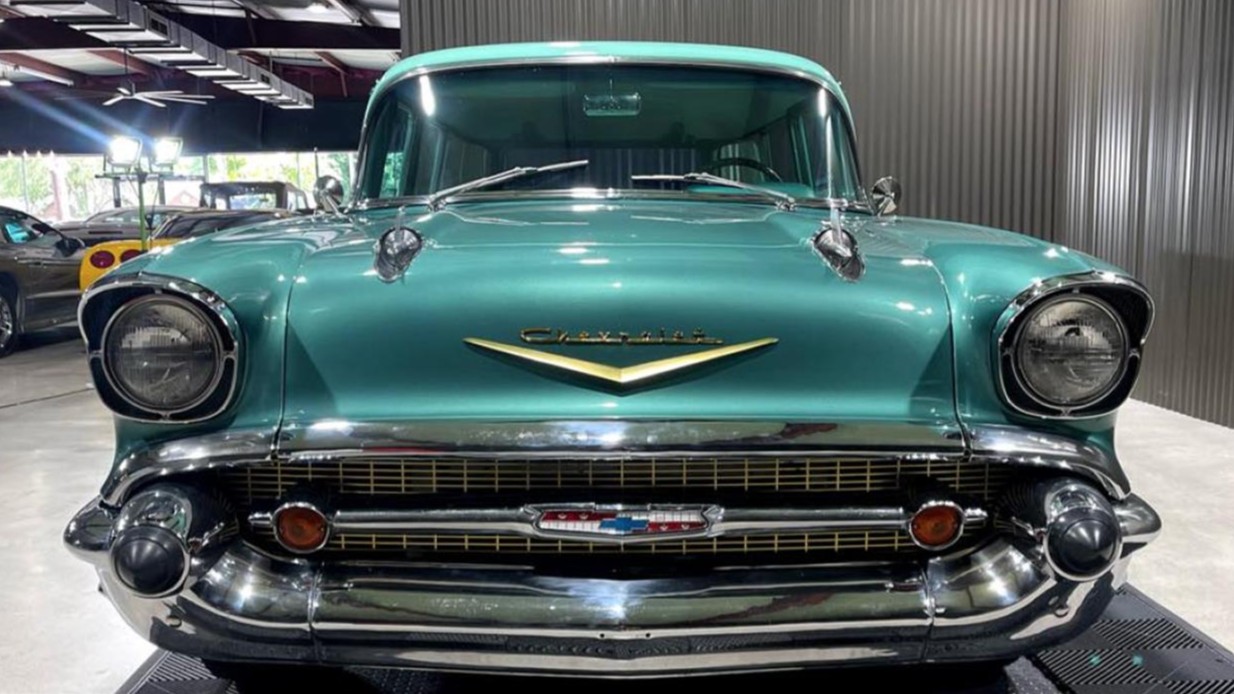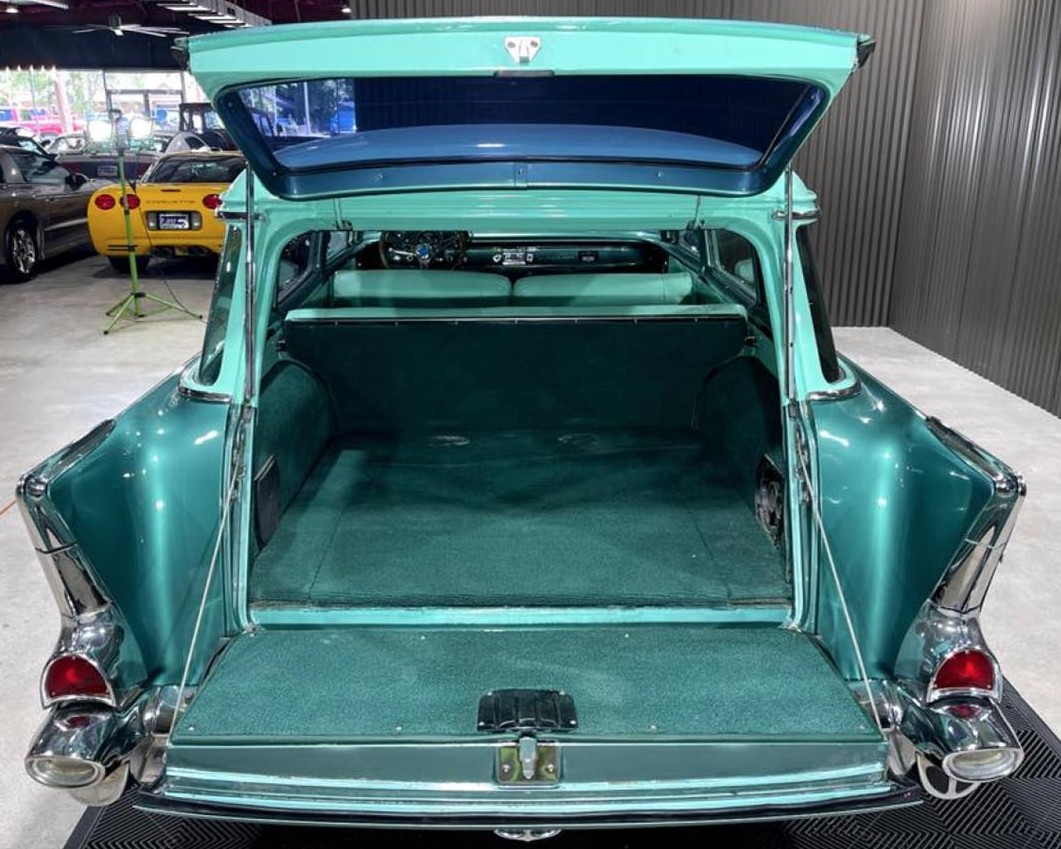The triumvirate of German luxury brands includes the legacies of other automakers. For example, Audi rose from the ashes of NSU and Auto Union once Volkswagen took over, while Daimler-Benz became the majority owner of (irony of ironies!) Auto Union. And BMW? Our Pick of the Day may have a BMW badge, but its origins come from another German automaker. This 1968 BMW 1600 GT is listed for sale on ClassicCars.com by a dealership in Costa Mesa, California.
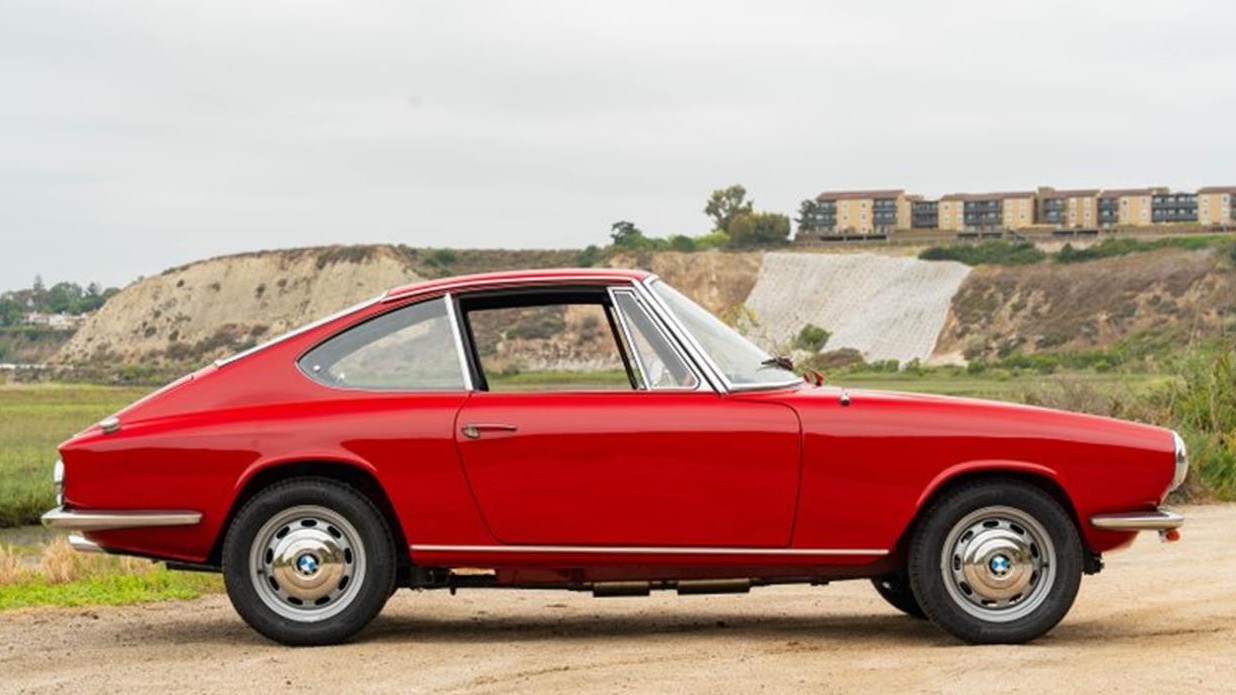
BMW has existed for a long time, but the 1950s were quite rough for the brand. Most of its lineup was for the rich; only one model had mass appeal around the world: the 507 sports car. Producing the Isetta under license may have helped the company, but the low profit margins from the microcar put BMW in a precarious financial position by the end of the decade. The BMW 700 helped save the company and allowed it to move up to the Neue Klasse line of sedans and coupes that set the tone—both culturally and financially—for BMW to this day.
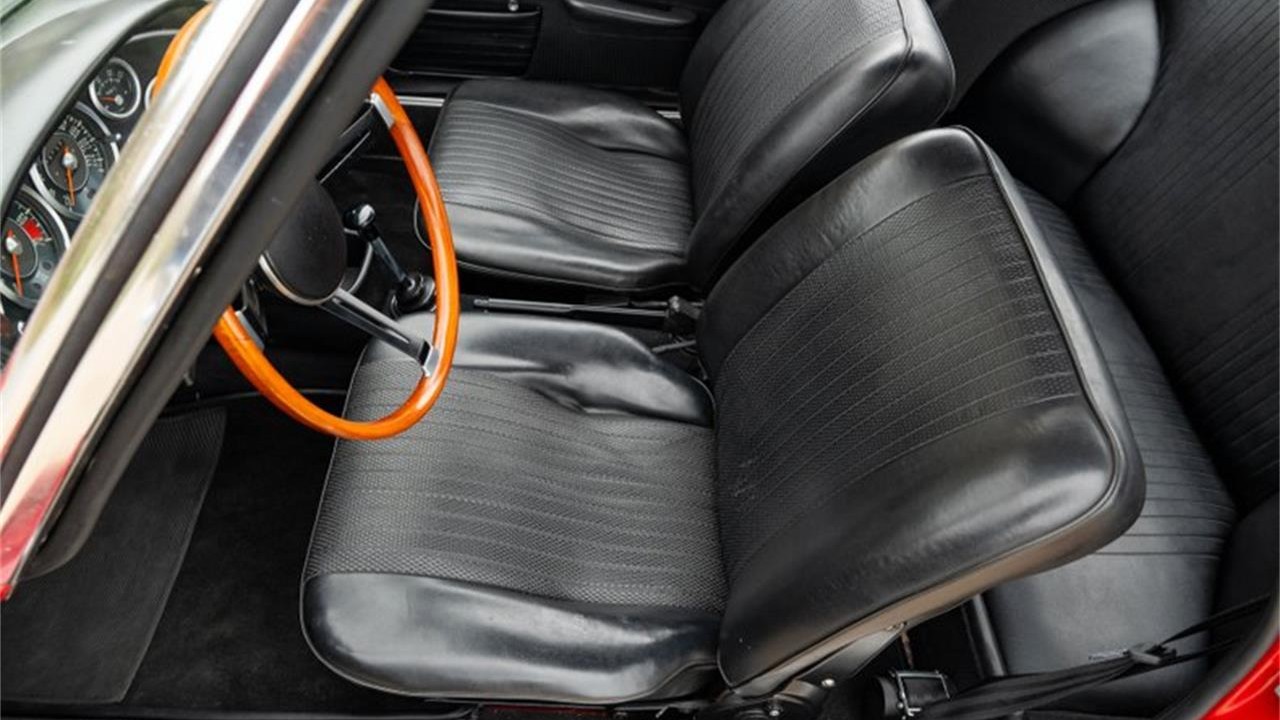
Glas was originally an agriculture brand, which evolved into motor scooters (inspired by Vespa) and then cars. Its first four-wheeler was the Goggomobil T sedan, introduced for 1955. Several years later, the TS coupe debuted (somewhat familiar to American enthusiasts), as well as a TL van.
For 1958, Goggomobil introduced the T600 and T700, both of which became the first models built under the Glas name; the rechristened 1960 Glas Isar (Isard for export markets) offered several advanced engineering features but suffered from poor reliability. In 1962, a larger Glas 1004 was introduced, which featured a 992cc OHC inline-four with a rubber timing chain.
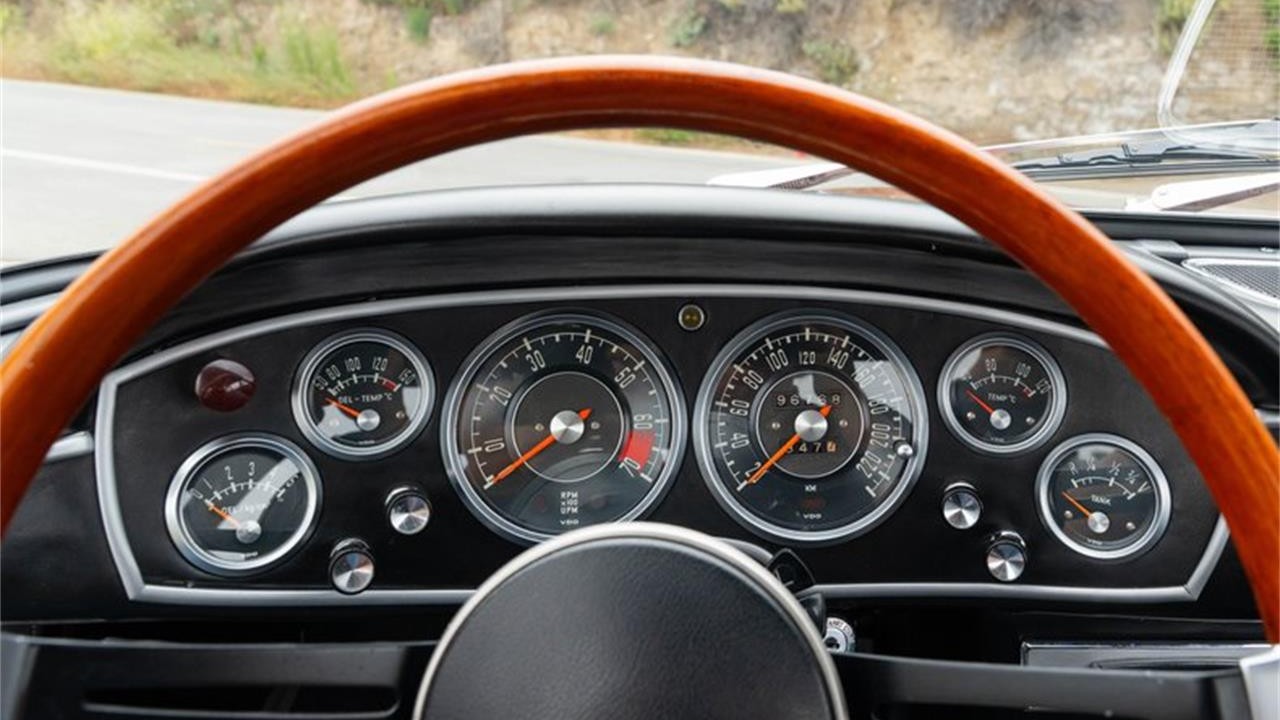
In 1964, Glas introduced the Frua-penned Glas 1300 GT, powered by a 1290cc OHC inline-four, with the 1700 GT added late in 1965. However, in 1966, BMW took over the company and installed the 1573cc inline-four from the BMW 1600, creating the BMW 1600 GT. Along with adding an independent rear suspension, the Glas-derived BMW now featured enhanced power and handling. Also added was the Bimmer’s signature twin-kidney grille and round taillights. As configured, this vehicle and all other remaining Glas models were available through 1968.
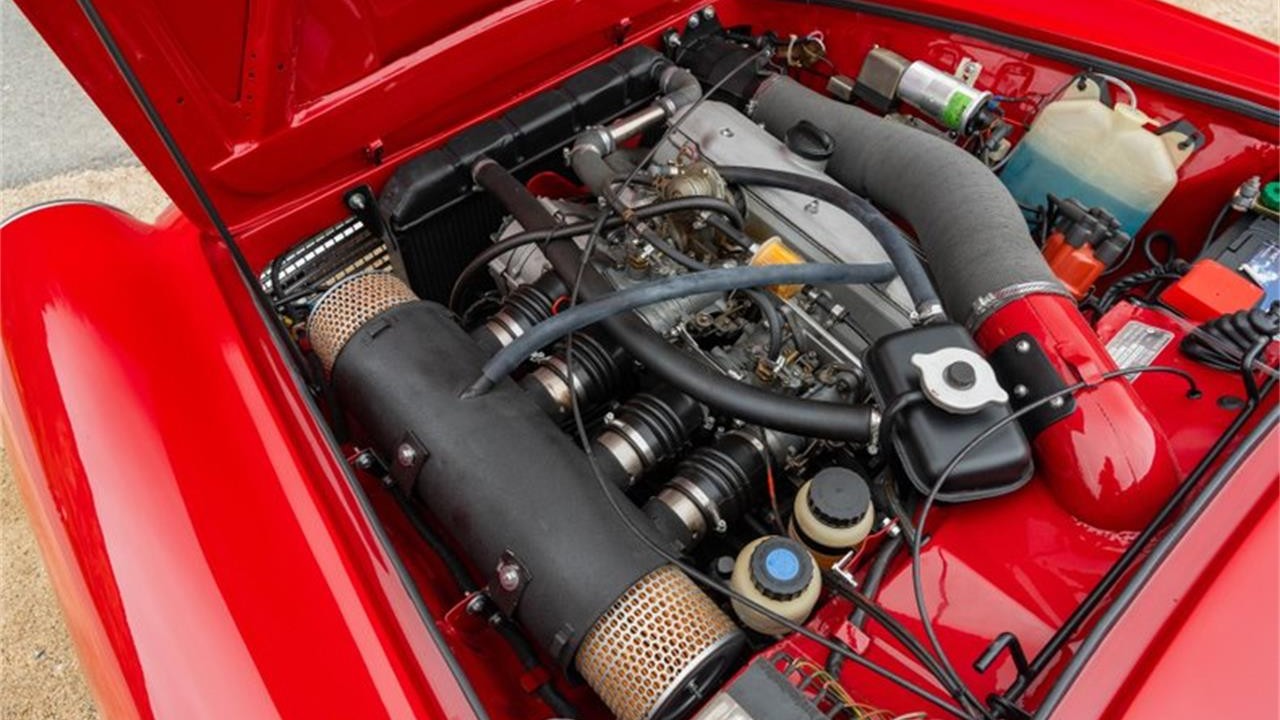
This restored 1968 BMW 1600 GT features the 103-horsepower, 1.6-liter inline-four. “It has recently been expertly renewed by European specialists, Oldenzaal Classics in the Netherlands,” says the seller. Painted Granada Red with a black vinyl interior, it’s an interesting Italo-Teutonic hybrid of which 1,259 were built before production was discontinued. “Their exceptional attention to authentic detail is evident in features like the 14-inch chrome wheels with BMW hubcaps, front disc brakes, perforated headliner, metric VDO instrumentation, wood-rimmed steering wheel, and period-correct radio.”
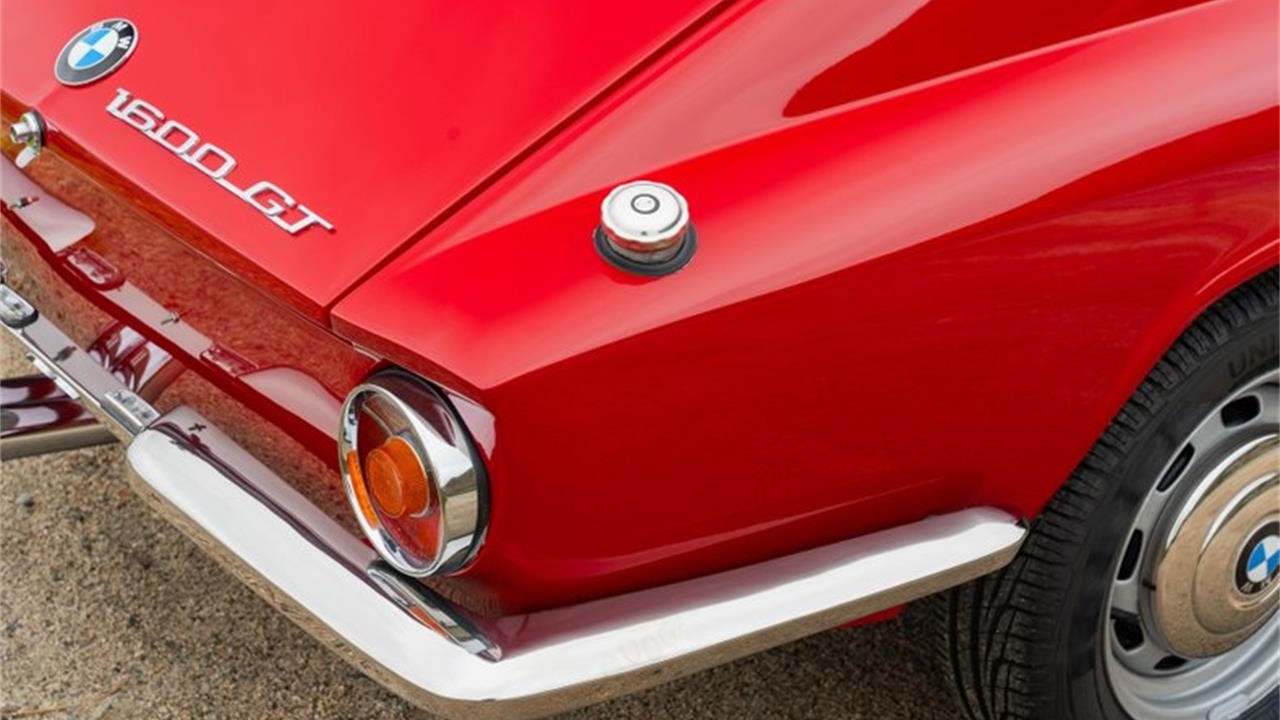
Originally a German-market car, this off-the-radar Bimmer now resides in the United States, so there’s no fussing with import duties or the inconvenience of shipping. With a contemporary fastback design and an engine that has good club support, this $92,500 1968 BMW 1600 GT is an interesting remnant of the postwar German automotive history.
Click here to view this Pick of the Day on ClassicCars.com



